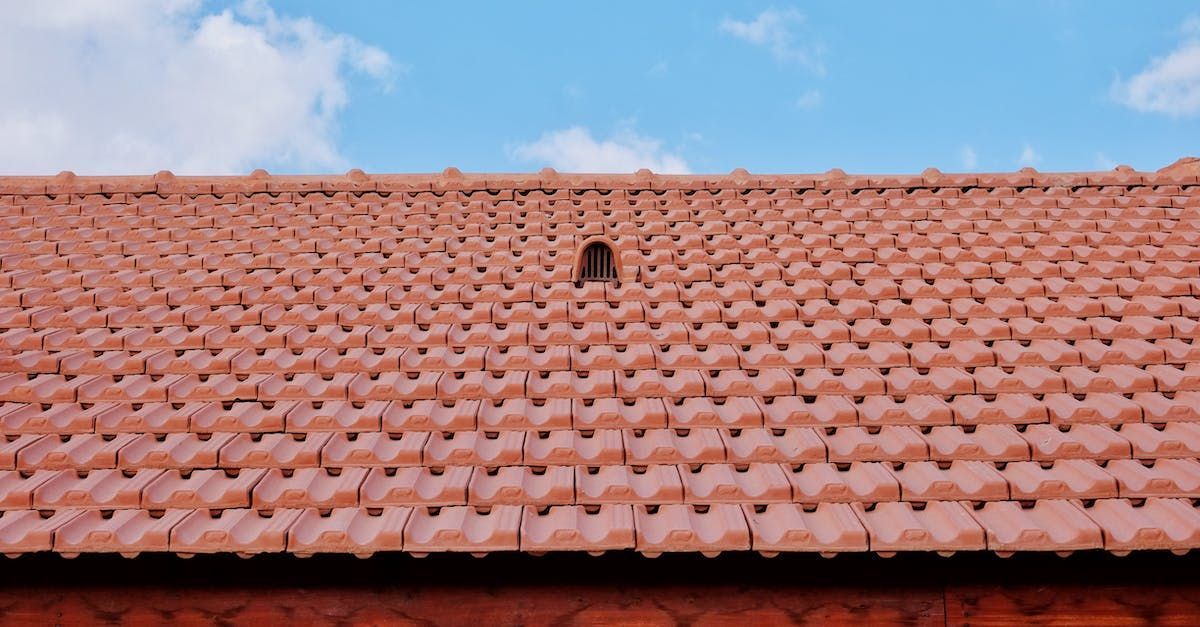Flat Roof Maintenance in London: Special Considerations for Autumn
As a roofing expert serving London, I often see homeowners and business owners overlook the maintenance needs of flat roofs, especially as we transition into autumn. While flat roofs offer great functionality and a sleek modern look, they require special attention during the colder, wetter months—particularly in a city like London, where autumn can bring heavy rain, falling leaves, and unpredictable weather.
With that in mind, let’s look at some key considerations for flat roof maintenance in London this autumn, focusing on two crucial areas: drainage and waterproofing.
1. Drainage: Keeping Water Where It Belongs
Flat roofs may appear level, but they are designed with a slight slope to allow rainwater to drain off properly. However, as autumn sets in and leaves start to fall, these drains can easily become blocked, leading to standing water—or “ponding.” This is a common issue on flat roofs in London, where the combination of heavy rain and tree debris can overwhelm your drainage system.
What You Should Do:
- Clean Your Drains and Gutters Regularly: The best way to prevent ponding is by ensuring that your gutters, downspouts, and internal drains are clear of debris. If these get clogged, water can back up onto the roof, creating pressure points and eventually causing leaks.
- Inspect for Standing Water: After a heavy rain, check your roof for any pooling. Standing water may not seem like an immediate threat, but over time it can degrade your roofing material, leading to costly repairs.
- Consider Installing Additional Drains: If you’ve had issues with drainage in the past, now is a good time to think about installing additional drains or scuppers. More drainage points can help distribute water flow and reduce the risk of overloading any one area of the roof.
2. Waterproofing: Ensuring a Watertight Seal
One of the biggest threats to flat roofs, particularly in autumn and winter, is water infiltration. Flat roofs don’t shed water as easily as pitched roofs, which means they rely heavily on proper waterproofing systems to keep moisture out.
London’s frequent autumn rains make it crucial to inspect your roof’s waterproofing layer to ensure there are no vulnerabilities that could lead to leaks.
What You Should Do:
- Check the Roof Membrane: Most flat roofs in London use a waterproof membrane—such as EPDM, TPO, or bitumen. Over time, these membranes can crack, blister, or become punctured, allowing water to seep through. Autumn is the perfect time to get up on the roof (or call a professional) to check for any signs of wear or damage.
- Inspect Flashing: Flashing is the material used to seal joints where the roof meets walls, chimneys, or other protrusions. Flashing is particularly vulnerable to cracking or loosening over time. If this happens, water can easily find its way into the structure. Make sure all the flashing is secure and in good condition before autumn’s rains hit hard.
- Recoat if Necessary: If your flat roof is covered with a liquid-applied waterproofing system, such as liquid rubber or a polyurethane coating, it may need to be recoated every few years. This coating helps to keep the roof watertight and in top condition. If you notice the coating starting to wear thin or peel away, it’s time to have it refreshed.
3. Addressing Common Autumn Issues for Flat Roofs
In addition to drainage and waterproofing, there are a few other autumn-specific issues that London flat roof owners should keep in mind:
Debris Buildup
With leaves, twigs, and other debris falling throughout October and November, it’s important to regularly clean your roof surface. Piles of debris can trap moisture against the roof, leading to algae or moss growth, which can degrade your roofing materials over time.
Thermal Contraction
Autumn in London often brings fluctuating temperatures, which can cause flat roofing materials to expand and contract. Over time, this thermal movement can lead to small cracks or splits in the roof membrane, especially if the roof has already been weakened by previous weather conditions. Be on the lookout for these stress points during your inspection.
Prepare for Winter
Autumn is the ideal time to make any necessary repairs or improvements before the harsher winter months arrive. If there are any minor issues—such as small leaks, cracks, or drainage concerns—it’s best to address them now, rather than waiting for winter when they could develop into more serious problems.
4. When to Call a Professional
While basic maintenance tasks like clearing drains and removing debris can be done by homeowners, inspecting the roof membrane or dealing with any serious issues should be handled by a professional roofer. Flat roofs are more complex than they may appear, and minor problems can quickly escalate if not dealt with correctly.
As an expert roofer in London, I recommend scheduling a professional inspection at least once a year—ideally in autumn—to ensure that your flat roof is prepared for the months ahead. A qualified roofer will be able to identify small issues before they turn into costly repairs and ensure your drainage and waterproofing systems are functioning as they should.
Final Thoughts
Flat roofs are a great choice for many London homes and commercial buildings, but they do require a bit more attention when it comes to seasonal maintenance. Autumn is a critical time to make sure your roof is ready for the heavier rains and colder temperatures that are just around the corner.
By taking steps to ensure your roof’s drainage and waterproofing systems are in top shape, you’ll not only avoid the stress of leaks and repairs in the winter but also extend the lifespan of your roof, saving money in the long ru
n.
If you need help with your flat roof maintenance this autumn, don’t hesitate to contact a trusted roofing professional like Hightop Roofers Lon. Proactive care is always the best approach to keeping your roof—and your home or business—safe, dry, and secure through the changing seasons.
You might also like


BOOK YOUR FREE QUOTE TODAY
We will get back to you as soon as possible
Please try again later
HIGHTOP ROOFING LONDON
Leading roofers in London since 2010.
SITEMAP
HIGHTOP ROOFING LONDON OPENING HOURS
Mon - Fri - 24 hours
Sat - Sun - 8am-8pm
